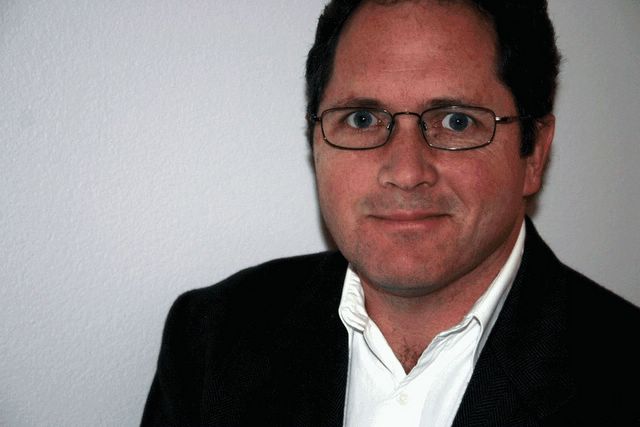The development of bioengineered organs, which faces many technological hurdles but also holds tremendous promise, was part of our report, Tissue Engineering, Cell Therapy and Transplantation, published in 2005. There is lengthy waiting lists for organs of all types, and even those patients who are lucky enough to receive transplanted organs are then faced with the ongoing requirement to take immunosuppressive drugs to prevent rejection.
Dr. Atala envisaged the solution, but was stymied in bringing it to reality and is only now, after some 16 years of research, succeeding in being able to harvest the right patient cells, culture them ex vivo to grow from one million cells to 1.5 billion cells, apply them to a protein scaffold and reimplant them back in the patients.
Dr. Atala is on the Board of Directors for Tengion (http://www.tengion.com), a company developing the technology. From Tengion's website:
Tengion’s technology of creating a neo-organ, such as a neo-bladder, starts when a surgeon sends the patient's biopsy to Tengion. Tengion's scientists identify and multiply the patient's own healthy progenitor cells, and then place these cells on a structure that is shaped like the needed organ or tissue (a bioresorbable scaffold). The resulting neo-organ becomes ready for implantation after a period of maturation. The surgeon then implants the neo-organ in the patient's body, where it integrates with the rest of the body and becomes functional. By contrast, the current therapy for urinary bladder reconstruction, Augmentation Cystoplasty, dates from the 1890’s and is associated with acute and chronic risks and complications.
Organ replacements are a ripe area of development in the field of tissue engineering and cell therapy (again, see our report). The intrinsic value of bioengineering tissues/organs from the patient's own cells is unquestioned, given the organ shortages, the need for immunosuppressants and other constrains of organ donation, as noted.
What makes Dr. Atala's success noteworthy is that tissue engineering of this type is among the most promising of medical technologies insofar as its ability to dramatically change treatment options for serious diseases. The initial tissue engineering successes were limited to less complex anatomical structures, such as skin, but has been expanded to include bone, cardiac tissue and other tissues with more complex functional and structural roles. Moreover, Dr. Atala's work is like the "rising tide that floats all boats," in that the process of isolating the appropriate cell types, optimizing their conditions for growth and applying them to scaffolds or matrices to form the transplantable organ structures can be replicated by researchers focused on other organ types.

No comments:
Post a Comment